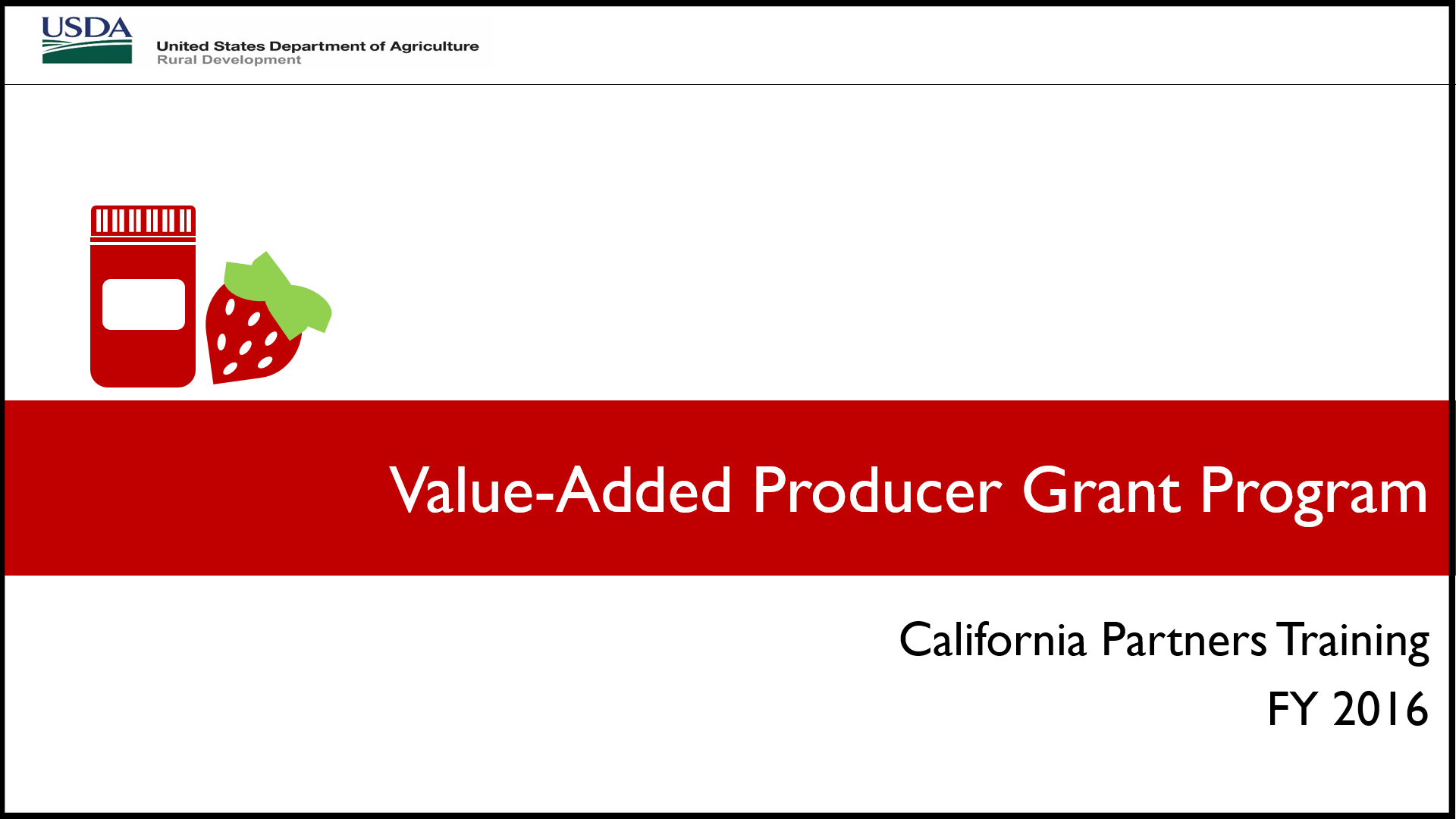Spring has sprung SJVCEO into energy efficiency projects as well as being on the road for community outreach events. We are glad to be staying busy and collecting energy savings for our partners.
With the VIEW Partnership our team has been hitting the pavement to make visits to all of our partners via lunch and learns. This new meeting format allows us to sit down with those that work day to day on city infrastructure to discuss the partnerships value and what their energy needs may be. So far we are happy to say that the new format is working well and projects are coming through the pipeline. The partnership is also busy with the planning of outreach events that will take place in late spring to fall. Please make sure to stay tuned to our community outreach page on the View the Savings website.
For our HDR Partnership we are busy making sure our partners receive necessary information and applications for the Southern California Edison streetlight program. This program has been a hot ticket item for many local governments. We hope to be able to share some energy saving updates with our readers as soon as the projects are completed. Also, the partnership is busy putting together a few educational workshop for those in the community. We are still nailing down final topics of interest so please stay tuned!
On top of the partnership work that SJVCEO our METU Program and grant work has been keeping us busy as well. METU is busy at work benchmarking the City of Arvin as well as the beginning the process with the City of Corcoran. We hope to have project updates in next months update. SJVCEO is lucky enough to have been awarded with one of the POM Wonderful Community Grants in the City of Avenal. Our work in the city is focused on enrolling homes into energy saving programs as well as showcasing behavior change techniques to implement in households. So far the outcome and response from the community has been great. We hope the success continues.
With the VIEW Partnership our team has been hitting the pavement to make visits to all of our partners via lunch and learns. This new meeting format allows us to sit down with those that work day to day on city infrastructure to discuss the partnerships value and what their energy needs may be. So far we are happy to say that the new format is working well and projects are coming through the pipeline. The partnership is also busy with the planning of outreach events that will take place in late spring to fall. Please make sure to stay tuned to our community outreach page on the View the Savings website.
For our HDR Partnership we are busy making sure our partners receive necessary information and applications for the Southern California Edison streetlight program. This program has been a hot ticket item for many local governments. We hope to be able to share some energy saving updates with our readers as soon as the projects are completed. Also, the partnership is busy putting together a few educational workshop for those in the community. We are still nailing down final topics of interest so please stay tuned!
On top of the partnership work that SJVCEO our METU Program and grant work has been keeping us busy as well. METU is busy at work benchmarking the City of Arvin as well as the beginning the process with the City of Corcoran. We hope to have project updates in next months update. SJVCEO is lucky enough to have been awarded with one of the POM Wonderful Community Grants in the City of Avenal. Our work in the city is focused on enrolling homes into energy saving programs as well as showcasing behavior change techniques to implement in households. So far the outcome and response from the community has been great. We hope the success continues.
That is all for this month. Make sure to stay tuned for next months update!








